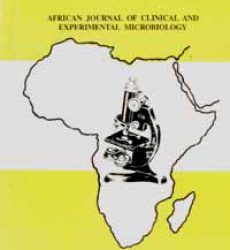Abstract
Background: Dermatophytes are major causative agents of cutaneous fungal infections worldwide. Identification of dermatophyte species is based on macroscopic and microscopic morphology on different culture media. Molecular methods such as PCR-RFLP are rapid, reliable and precise identification methods. This local study aimed to identify the spectrum of dermatophyte species among the studied patients population using different phenotypic and genotypic methods.
Materials and methods: Hair, skin and nail specimens were collected from 135 patients with clinically suspected cases of dermatophytosis. All specimens were subjected to microscopic examination using KOH and culture on SDA and dermasel agar. Phenotypic identification was done by colony and microscopic morphology, and subculture on malt, PDA, lactrimel and urea agar plates. Molecular identification was done by PCR-RFLP using MvaI.
Results: Out of 135 patients included in the study, 78 (57.8%) were positive by culture for dermatophytes. Five different species were identified, the most commonly isolated species was M. canis (51.3%) followed by T. violaceum (42.3%). PCR-RFLP correctly identified the isolated dermatophyte species, producing unique restriction patterns.
Conclusion: Dermatophytosis is common in Egypt where humid hot climate and animal contact play important role in the spread of these fungi. The use of PCR-RFLP directly on clinical specimens rather than its use in the identification of dermatophytes from culture media is recommended.
Keywords: Dermatophytosis, Dermasel agar, SDA, Sporulation media, PCR-RFLP
Download full journal in PDF below

